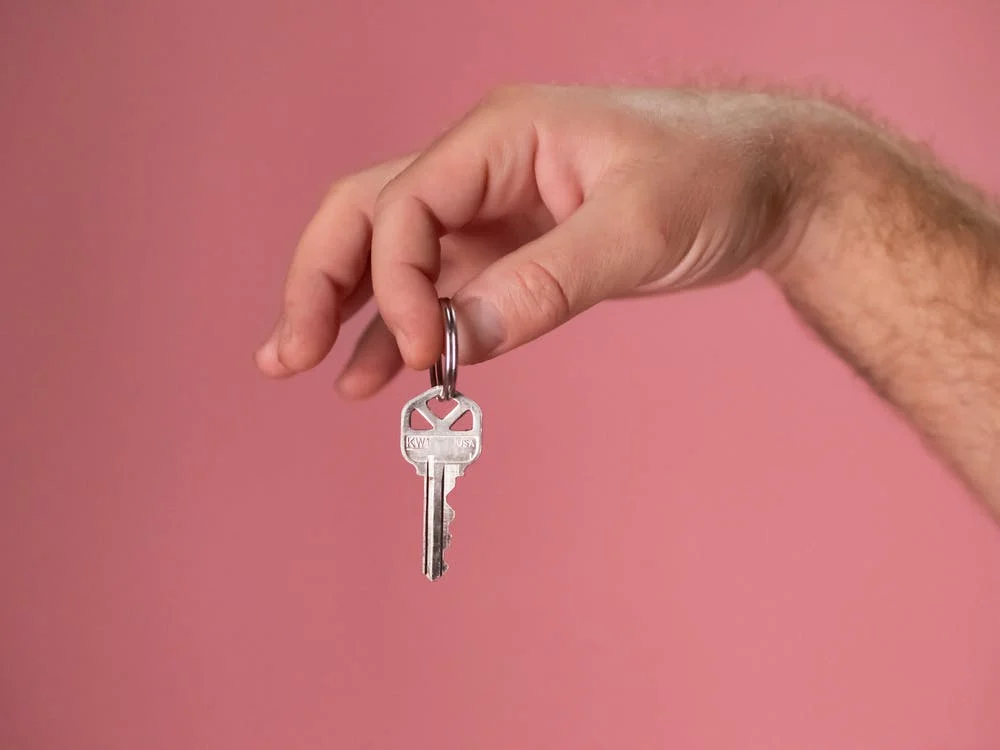If you’re looking at buying your first home, chances are you’re going to need to get a mortgage to make it happen. Getting a mortgage is often a lengthy and sometimes a confusing process. Homes cost hundreds of thousands of dollars, even in low cost-of-living areas. How do you even go about borrowing that much money?
Well, first you have to be financially healthy so that you can qualify for pre-approval and make it through the underwriting process. Once you’ve cleaned up your credit score and saved up enough for a downpayment, it’s time to talk to mortgage lenders. A loan officer can walk you through the process, but here’s what to expect.
Prepare to Be Financially Scrutinized
When you apply for a mortgage, the loan underwriters will carefully examine every scrap of your financial life, by way of evaluating how much of a credit risk you are. They’ll look at your FICO credit score and credit history, your bank statements, your work history, your tax returns, and so forth. So you need to make sure your finances are healthy before you request pre-approval for a loan.
It can take years to prepare to apply for a mortgage, and that’s not just because you need to save up for a downpayment. If you have bad credit, you’ll need to clean that up. You should also pay off any outstanding consumer debt you have, because lenders will look at your debt-to-income ratio to determine how capable you are of making a monthly mortgage payment. You should aim to get your credit score above 620 — higher credit scores earn better loan terms.
Shop Around for the Best Rates
You’ll be paying a lot for the privilege of borrowing money to buy your own home, so you should shop around for the best interest rates and lowest closing costs. Speak with at least three lenders. Get mortgage pre-approval letters. These letters will tell you how much money you qualify for, as well as other important details like your interest rate, fees, and closing costs, so you can compare your loan offers and choose the cheapest one. Make sure you get all your pre-approval letters within the same 30 days, so it will only result in one hard credit check.
Ask About Non-conventional Loans
Conventional mortgage loans typically require a down payment of at least 20 percent, and they tend to have stringent requirements. For example, you not only need a large down payment, you also need a higher credit score and a lower debt-to-income ratio than you would to qualify for some other types of loans.
As a result, conventional mortgage loans are losing popularity with homebuyers. As a first-time homebuyer, you may qualify for state or local programs offering down payment assistance or other help to get you into a house. You can also take out $10,000 from an Individual Retirement Account (IRA) without penalty, as long as it goes toward a house down payment.
Even experienced homebuyers can take advantage of federally subsidized loans, like Federal Housing Administration (FHA) loans, which only require 3.5 percent down, or 10 percent down if you have bad credit. If you’ve served in the armed forces, you may qualify for a Veterans Administration (VA) loan with no money down. Both of these loan types can be used to get a mortgage in an urban area like Washington, DC. If you want to live in the country, the U.S. Department of Agriculture (USDA) subsidizes loans which are available with no down payment.
Make an Offer and Submit Your Mortgage Application
Once you have your pre-approval letter in hand, you can start shopping for houses. When you find a house you like and get an offer accepted, you’ll formally submit your mortgage application with your lender. You’ll have to hand over a bunch of supporting documentation, such as your past two years’ W2s and tax forms, the past 30 days’ pay stubs and bank statements, and documentation of the source of any gifted money you plan to use or any recent large deposits into your bank account. Your mortgage lender should send you an initial loan estimate, which clarifies your loan amount, interest rate, and expected costs, within three days after you submit your application for a mortgage.

Complete the Underwriting Process
There’s often not much for you, the prospective home buyer, to do during the underwriting process — except wait. It can be nerve-wracking to simply wait while an underwriter evaluates your ability to repay a mortgage and verifies that the house you’re buying is worth at least as much as the purchase price. You may need to supply additional documentation, either to your loan officer or directly to the underwriter, so keep the lines of communication open. Once the underwriting process is completed and you’re officially approved, you’ll receive a closing date. Sometimes that date will be changed due to extenuating circumstances, the needs of the seller, or your own needs.
Sign on the Dotted Line
Once closing day arrives, you’ll meet with your real estate agent, a real estate attorney, the sellers and their agent, officials from the bank, and everyone else who is involved in the transaction. Come prepared with a cashier’s check for the amount of your closing costs, which will be communicated to you beforehand in a closing disclosure. You’ll sign a big stack of paperwork. Ask questions if you don’t understand why you’re being asked to sign. Once you’ve signed your closing documents and paid your closing costs, you’ll receive the keys to your house and your new life as a homeowner can begin!






